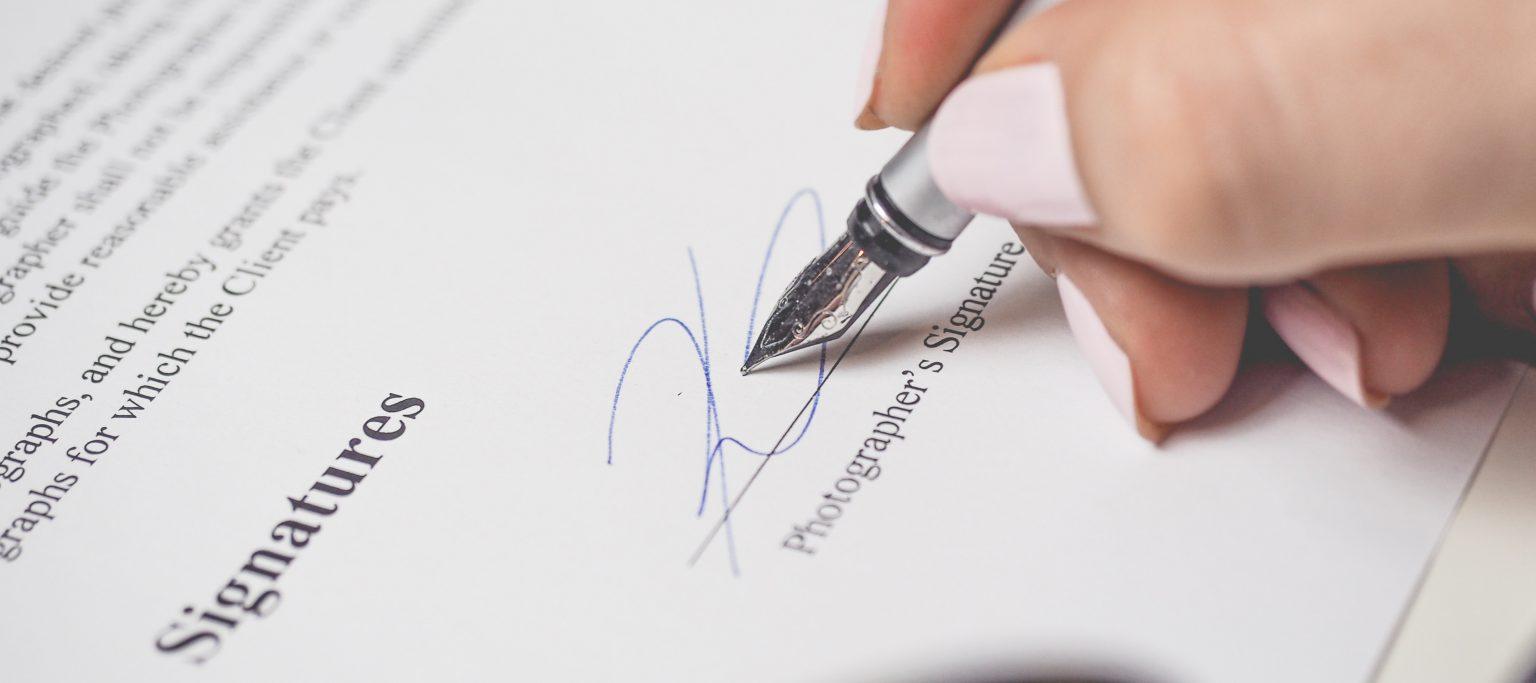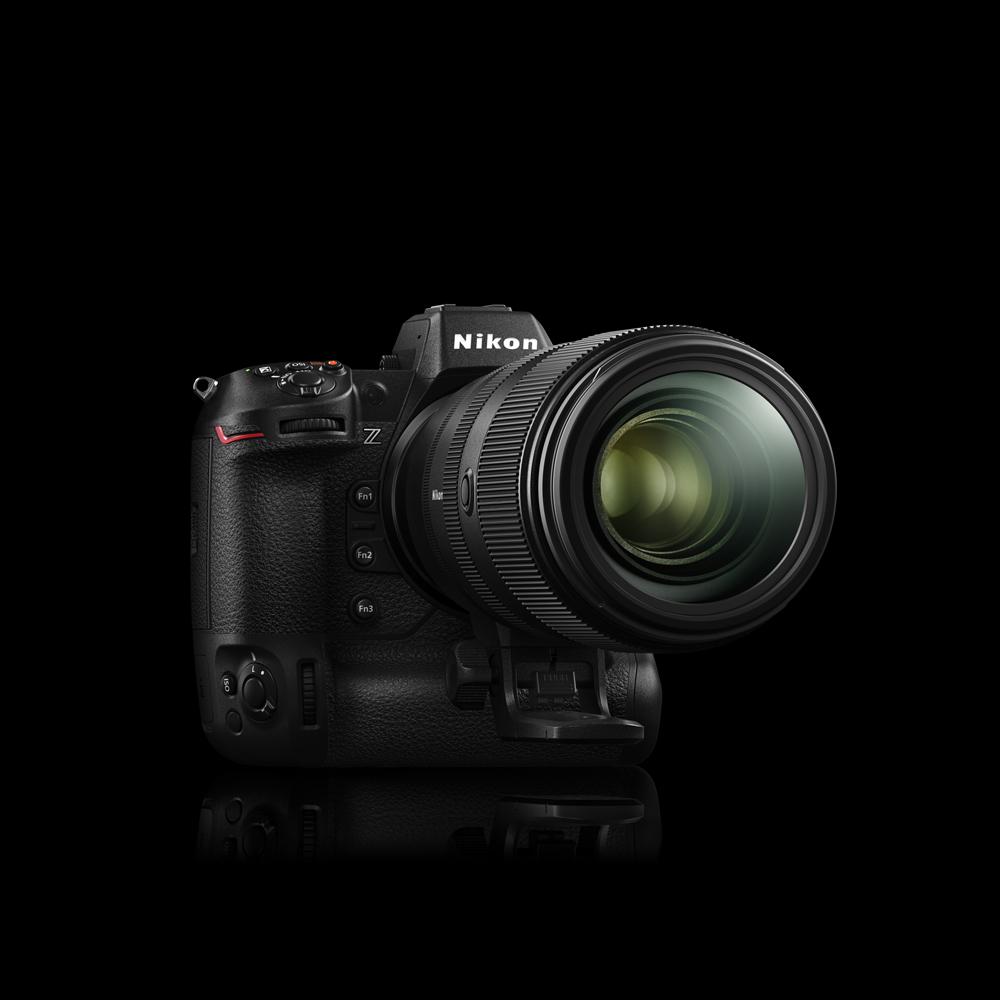An Editors' Guide to Hiring Photographers
Yvan Cohen
Tue Dec 07 2021

If you’re an assigning editor, an archive manager or a communications expert, you’ll almost certainly have had the pleasure of seeking out a professional photographer to shoot stock, cover an event, create a portrait or illustrate a key message.
You’ll also know that the enjoyment of working with professional photographers comes with its own set of challenges. There is, for example, the unavoidable uncertainty that permeates any creative endeavour – will the photographer live up to the promise of his/her portfolio? Will the weather hold? Will the subject cooperate? Will the pictures match your brief?
In this article, we’ll outline some golden rules for editors when assigning photographers. Clearly defined rights, detailed stylistic and technical guidelines will help ensure a smooth workflow from concept to completed shoot.
1. Provide a detailed written brief
Providing a written brief to a photographer sounds painfully obvious. But there are briefs and then there are briefs. It’s the detail that counts. Here are some of the points you should always aim to cover in a comprehensive brief.
 Photo by Energepiccom
Photo by Energepiccom
Put it in writing: While it’s always helpful to meet in person, it’s equally important you provide a written brief. This serves both as a reference during the shoot and as a way of measuring the success of an assignment. If there are disagreements over what was expected, a written brief becomes an essential reference.
Provide style samples: Most editors have a clear idea of the type of image they’re hoping to see. Though it’s tempting to trust a photographer based on their portfolio, if you want to reduce the risk of disappointment, it’s a great idea to include style references in your brief. Show the photographer what you like, and what you expect them to deliver.
This might include examples of lighting, angles and composition. If there’s a house style or a particular type of shot you want, don’t just describe it, illustrate your point with pictures.
Provide context: It’s always helpful for a photographer to understand the broader context of a shoot. Is the assignment part of a story and, if so, what is it about? Are the images part of a series? Are the images to be used in print or online or both? And of course, if you want the pictures to deliver a message then it’s important to explain exactly what you want to communicate. By defining the context of a shoot, you’ll help the photographer give more depth and meaning to his/her images.
2. Define rights and ownership
When it comes to copyright, vagueness can lead to serious problems – even lawsuits. Such problems are easy to avoid if you take the time to clearly define rights and ownership before an assignment gets underway.
This means you should always include a written (preferably legally vetted) definition of how rights are to be assigned. Here are some of your options when negotiating and defining rights and ownership.
Copyright transfer: A surprising number of editors are under the impression that if they pay for a photographer’s time then the fruits of the assignee’s work automatically become theirs.
Since many jurisdictions recognize the inherent right of an artist/creator to the copyright of their work, it’s best to assume a photographer owns any work created on assignment.unless you agree otherwise.
Generally speaking, an assigning editor is assumed to be remunerating a photographer for their time, their skill and for the right to use the pictures created in a specific context. The simple act of paying a photographer to create images therefore does not grant automatic ownership of copyright (although this may vary depending on the jurisdiction).
Given what copyright transfer implies, you should be ready to pay considerably more for an assignment that requires a copyright transfer. It’s worth checking if your preferred photographer is even willing to consider a copyright transfer.
Depending on the subject matter of the shoot, and sometimes as a matter of principle, many photographers will decline an assignment that requires a transfer of their copyright. Loss of copyright means a photographer will no longer be able benefit from potential downstream sales of their work.
Shared copyright: If you need to own the copyright to work created by a photographer on assignment, a good compromise can be to propose a shared copyright agreement.
This win-win arrangement means both parties will enjoy full ownership of the work created during an assignment. The photographer will be free to benefit from any future sales and you will be free to use their work as you like.
Licensed use: The most common arrangement when working with a professional photographer is to define permitted usage in the relation to the purpose of the assignment. This means you are agreeing to hire a photographer to create images for a pre-agreed purpose. The pictures resulting from an assignment are thus licensed for a specific usage and copyright remains with the creator (the photographer).
3. Outline delivery requirements
It’s all about managing expectations. If you make your requirements clear from the start and provide them in the form of written instructions, you’ll avoid misunderstandings, potential conflicts and disappointments. You’ll build understanding and confidence with your collaborators and come off looking like a professional. What’s not to like.
 Photo by Rafael Valera
Photo by Rafael Valera
File Information matters: For most photographers, adding file information (writing captions, selecting tags, setting credit, copyright and location strings) is their least favourite part of any assignment. For the photographer, it’s first and foremost about the image and many feel that once their files are submitted, their job is done.
As noted above, an experienced assigning editor will always provide a written outline of what a photographer is expected to deliver. This should include a requirement that files be properly annotated with the who, what, why, when and where of each image.
If adding file information is a requirement, a photographer who submits files from a shoot without this essential information can be considered to have not fully completed their assignment.
How much do you need: Make it clear how much, or how little, you expect a photographer to deliver after an assignment.
If you want to see every single file a photographer shot, say so! If you want a broad edit, say so. If you want to limit their submission to a specific number of files, write that into your requirements too. Otherwise, you’ll be at the whim of the photographer: you might end up swamped in a huge unedited submission or the photographer might go ‘prima donna’ on you and assert that they only ever submit a small selection of files from a shoot.
Specify Formats and Post Processing Requirements: If you have minimum quality levels, put these down in writing. If mobile phone shots aren’t allowed, make sure you make that clear too. Include details about formats. Are compressed jpgs ok? Do you want uncompressed TIFFs? Do you want to see the photographer’s RAW files?
Post processing can be a bit like annotating files; it’s a chore many photographers could do without. If you want to avoid assignments submitted as they came out of the camera (granted most serious professionals will have enough pride in their work to want to post process it), you should make your minimum post processing requirements clear: files should be not smaller than a certain size, avoid sharpening (which can sometimes destroy picture files), check levels to ensure files aren’t clipped, don’t oversaturate and so on.
Written by Yvan Cohen | Yvan has been a photojournalist for over 30 years. He’s a co-founder of LightRocket and continues to shoot photo and video projects around South East Asia.
To read more helpful articles on photography, check out our blog page.
Join our growing photographer community at LightRocket and get powerful archive management and website building tools for free!


